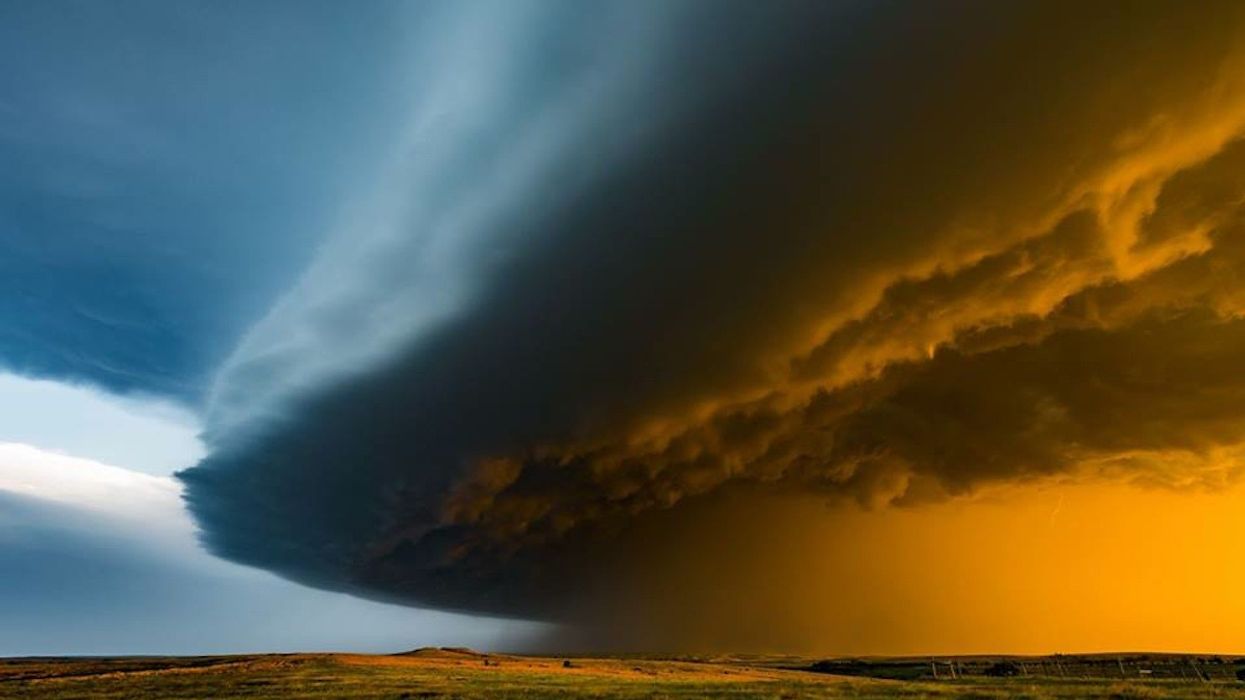Watch: This 4K 'StormLapse' Reveals the Mighty Power of Supercells
"The more extreme the imbalance, the more extreme the storm."

Though terrifying up close, thunderstorms are positively intriguing and beautiful when viewed from a safe distance, something Kansas-based photographer Chad Cowan knows all too well. Over the last six years, Cowan has been gathering timelapse footage of supercell thunderstorms all over the Great Plains, traveling over 100,000 miles capturing tens of thousands of images to create Fractal, a 3 1/2-minute "StormLapse" that gives us a front row seat at "nature's attempt to correct an extreme imbalance." Check it out below:
Cowan, with the help of close friend Kevin X Barth, edited all of the footage he had accumulated in a span of six years to create Fractal. In the video's description, Cowan explains his process, as well as his passion for capturing supercells on camera.
This collection of timelapses was gathered over the last six years from Texas to North Dakota and everywhere in between. The project started out as wanting to be able to see the life-cycles of these storms, just for my own enjoyment and to increase my understanding of them. Over time, it morphed into an obsession with wanting to document as many photogenic supercells as I could, in as high a resolution as possible, as to be able to share with those who couldn't see first-hand the majestic beauty that comes alive in the skies above America's Great Plains every Spring. After more than 100,000 miles on the road and tens of thousands of shutter clicks later, this is the result.
Though his story of storm chasing is quite remarkable, his philosophical outlook on supercell thunderstorms is what really piques my interest. He explains that they are a "manifestation of nature's attempt to correct an extreme imbalance" related to moisture, wind shear, instability, and lift. He goes on to say that weather is driven by nature's search for equilibrium, and "the force with which the atmosphere tries to correct this imbalance is proportional to the gradient." This means that the most extreme storms come from the most extreme imbalances. Think about that the next time you're writing a screenplay!
Source: Chad Cowan












